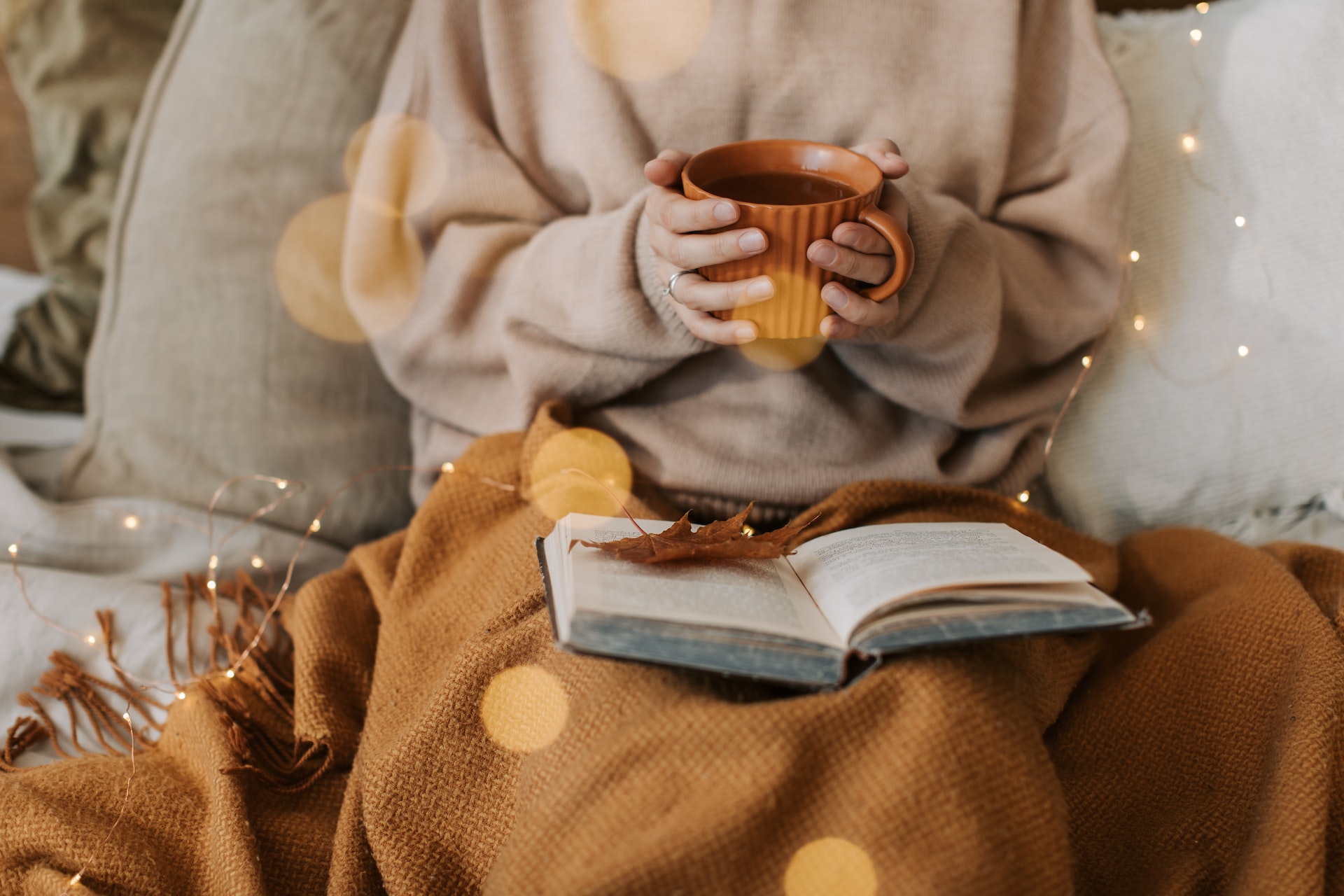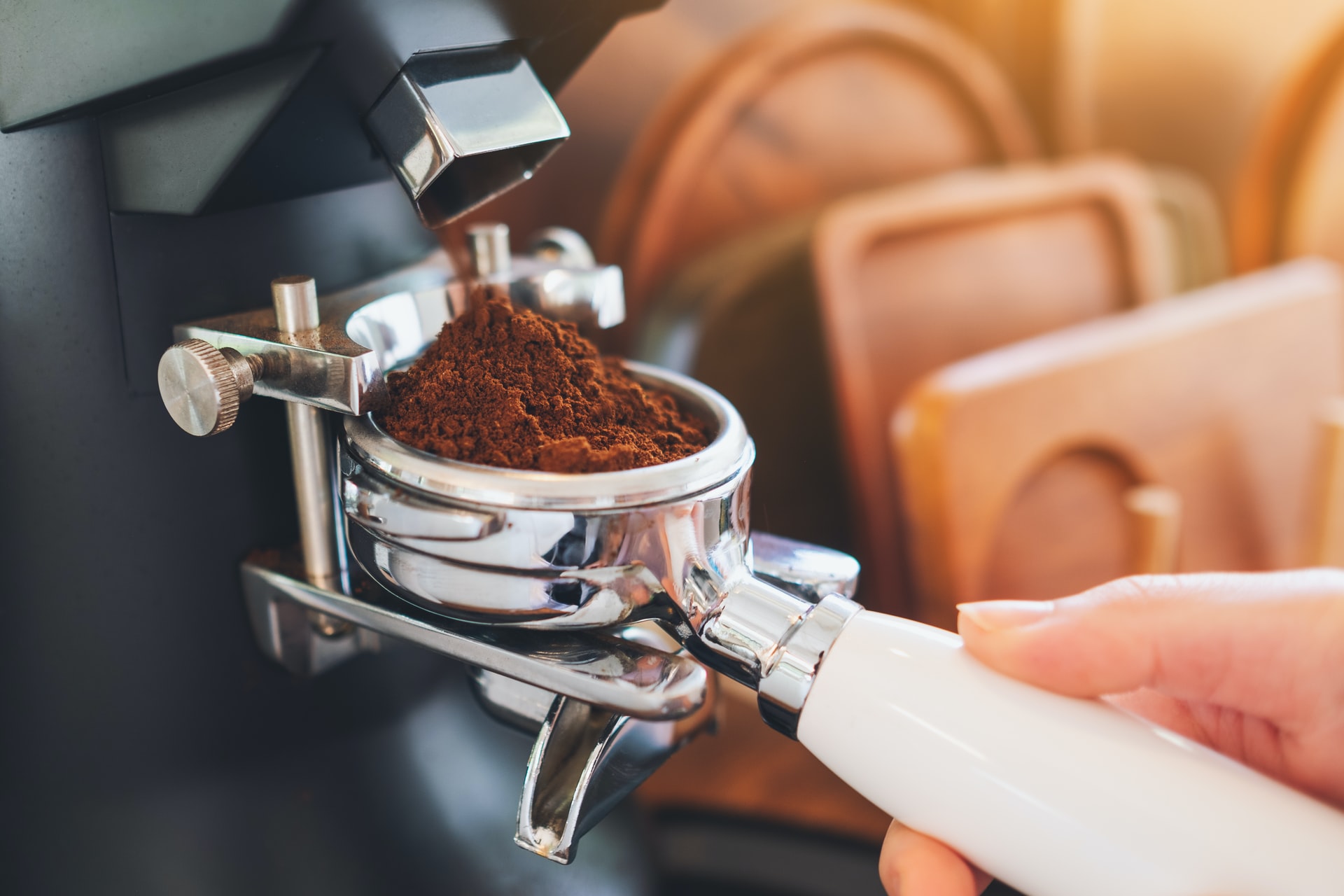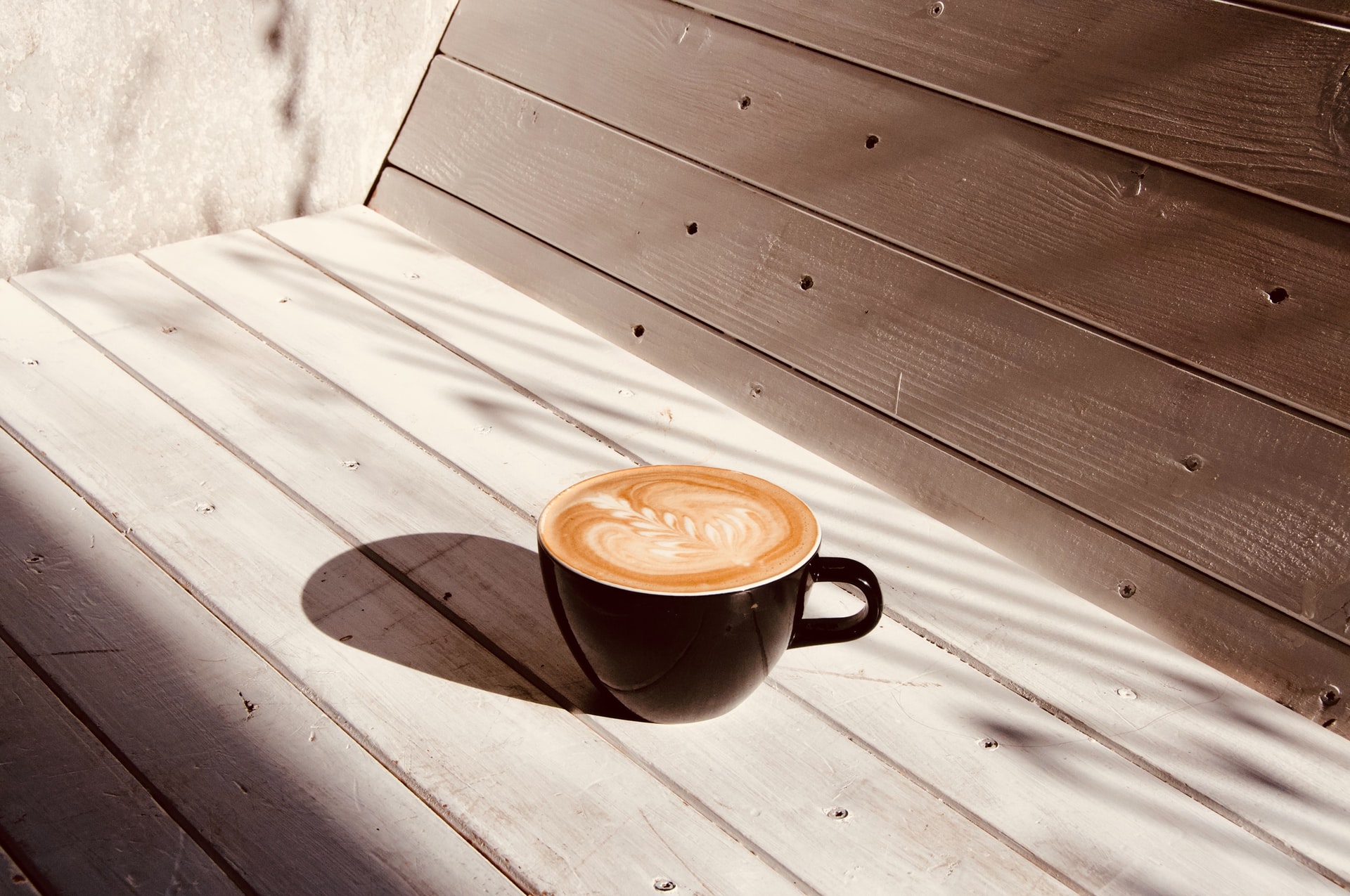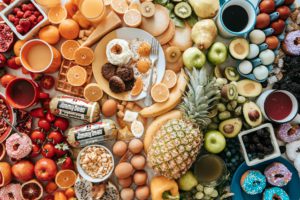[su_note note_color=”#ffe3e6″]This post contains affiliate links. Affiliate disclosure: As an Amazon Associate, we may earn commissions from qualifying purchases from Amazon.com and other Amazon websites.[/su_note]
Making your own coffee can be a pleasurable, relaxing activity, especially if you love all things coffee. Imagine shopping for your espresso beans in Dubai, grinding the beans, and coming up with your water-to-coffee ratio.
Making coffee at home should also save you money.
Of course, your love for coffee does not mean you will automatically be good at making it. Professional baristas make excellent coffee because they studied, practised and trained until they’ve mastered their craft.
No, you don’t have to go to professional training to learn to make great coffee for yourself. After all, have all the time to experiment until you get things right. However, you do need to follow these guidelines to ensure you’re on the right track.
Have the right equipment.
Seriously. If you want good coffee, you need a good espresso machine. While you don’t have to buy one that costs the same as a used car, you may want to spend something like $1,000 to $2,000 to get a high-quality unit.
You also need to get an espresso machine with a suitable capacity.
Single-boiler espresso machines are great for making straight Americanos, straight espressos and ristrettos. However, they’re not ideal if you like milk drinks, particularly large ones, or often need to make more than one milk drink.
Single boiler machines have brewing and steaming modes. Since the latter requires a much higher temperature than necessary to pull shots, you cannot brew more coffee immediately after steaming some milk. In other words, there will be long delays if you need to make multiple cups.
Note: There are manual espresso machines. You can try them once you’re more confident about your understanding of the principles involved in pulling espresso shots. However, you will need a separate milk steamer if you love milk in your coffee.
If you like flat white, latte, cappuccino, macchiato, and other milk drinks, or if you usually have to make multiple cups of coffee, you want a dual boiler or heat exchanger espresso machine.
Aside from a good espresso machine, you also need a good coffee grinder. You need freshly ground coffee beans to make great coffee.
Do not skimp on your coffee grinder budget. You want a grinder that makes uniformly sized coffee particles. Without a consistent and uniform grind, you will be unable to make the most of your superior-quality espresso machine.
How about a roaster? A first-rate coffee roaster will set you back tens of thousands of dollars and will be too much for home use. Just get your coffee pre-roasted from your favourite coffee beans Dubai supplier.
Get good coffee.
You know the saying: “Garbage in, garbage out”. No matter how great your coffee grinder is at grinding your coffee beans and your coffee machine is at extracting espresso, you will never make a good coffee drink without high-quality coffee beans.
What you want is specialty coffee. That’s the highest-grade coffee, rated 80 points or higher (80 to <85 is very good, 85 to <90 is excellent and 90 to 100 is outstanding) by a certified coffee taster from the Specialty Coffee Association or the Coffee Quality Institute.
Furthermore, you want coffee that has been professionally roasted for espresso extraction. It should be rich and flavourful, with tones of chocolate, sugar, and caramel.
You want your beans to be sweet and only mildly acidic because espresso extraction can overemphasise acidic qualities. You also don’t want it too dark because that can yield a bitter brew, but you don’t want it light, either, because that can be much too acidic for espresso extraction. What you want, instead, is a brown or a dark brown hue.
Finally, you should also check the roast date. You want something fresh but not too new, it is still degassing. Roasted coffee beans from four to seven days should be great for extraction.
Tip: Buy roasted coffee in small amounts. For instance, you can buy a small packet of four-day-old roasted coffee. That should be good for a week; well-roasted coffee should remain in its prime for fourteen days.
Ensure the grind size is right.
Now, you need to put everything together to make good coffee, and to do this, you must get a good balance from your extraction.
Accomplishing this means using the right grind size. You want a fine grind for espresso because extraction takes place in just 20 to 30 seconds.
Coffee particles should be around 0.3 mm, the same size as fine granulated sugar. You don’t want it any finer because that will lead to over-extraction (too bitter), and you don’t want it any coarser because that will lead to under-extraction (too acidic, salty or sour).
Cover the Basics of Good Coffee
Good equipment, high-quality coffee and the correct grind size are the key ingredients of making good coffee at home.
Get these things right, then feel free to experiment with your coffee-to-water ratio, water temperature and extraction timings to make the coffee that best suits your taste.
AUTHOR BIO
Drew Dennehy is the co-founder of THREE Coffee, one of the region’s leading specialty coffee companies, headquartered in Dubai. His passion for coffee has led to the pursuit of career opportunities around the world, from New Zealand and Europe to the United Arab Emirates. Drew’s goal is to enhance coffee experiences and ensure the industry is sustainable at every level. “We will achieve this by telling the story of the farmers who make each cup possible.”






